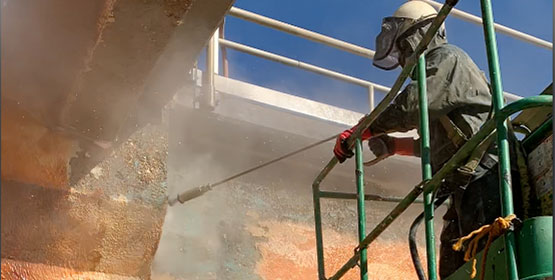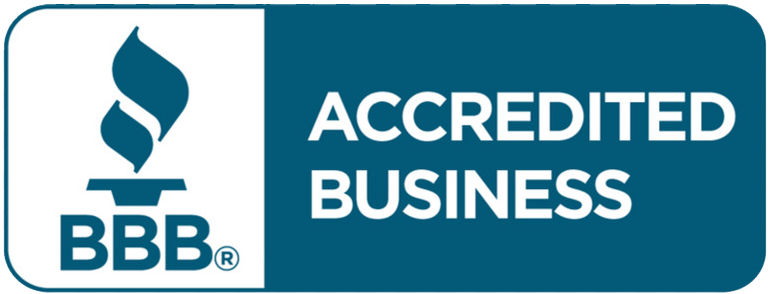What is hydroblasting?
Hydroblasting is also referred to as hydrodemolition, hydro milling, water blasting, or water jetting and is a mechanism for cleaning external and internal surfaces, primarily concrete. It relies on the energy of water striking a surface to achieve its cleaning outcome. Hydrodemolition provides an excellent bonding surface for repair material and new coating applications.
Hydroblasting activities make up 2 categories: 

- High-Pressure hydroblasting, which ranges from 690 bar (10000 psi) to 1700 bar (25000 psi)
- Ultra High-Pressure hydro blasting that ranges from 1700bar (25000 psi) and above
Now that we’ve answered “What is hydroblasting?” let’s discuss when to use it.
What is hydroblasting used for?
Surface Restoration
Commercial hydroblasting is mostly used in protection projects and surface restoration. For instance, in places where concrete has been reduced and the reinforcing steel has started to corrode, concrete hydroblasting can be conducted to remove unsound concrete and in order to replace it with fresh concrete and maintain the uprightness of the structure.
Dirt Removal
Hydroblasting can also be done to remove a wide range of tough dirt in points that are difficult to reach in a safe manner. This is because it does not produce a profile on the steel surface as compared to abrasive blasting. However, it can be used to remove oils, soluble salts, loose paints, and rust from steel so as to expose the original abrasive blast surface.
Removal Adherent Paint
The use of ultra-high pressure hydroblasting can also remove adherent paint from steel. The technology can be used for a wide range of structures, including parking structures, dams, bridge decks, water treatment facilities, tunnels, nuclear power plants and in retaining walls. It can also be used to remove road markings, fuel stains, grease, oil, and concrete curing safely.
Polyurea and Rubber Coating Removal
Abrasive blasting methods are ineffective when dealing with these sorts of coatings, leaving you with two options. You can grind down the surface or you can use hydroblasting to remove it. Hydroblasting is not only faster, but it produces no dust or air pollutants. As an added bonus, it leaves no residue on the surface, leaving it prepared for its next process.
Why choose hydroblasting?
Eco-Friendly
Since no chemicals or abrasives are used in industrial hydroblasting, the technique does not result in air or ground pollutants. During the hydroblasting process, the dust-less debris forms a slurry that is easy to remove.
Low Safety Risk
Safety risks during hydro-demolition are very low. Industry professionals use their advanced skills to operate machinery. And since there are no chemicals used, lung pollution is not a factor. Though large portions of concrete are removed, it is broken into small parts, mitigating risk.
Widely Applicable
Hydro-demolition causes a very little effect on the surrounding area. This means that it can be used in relatively, small, indoor spaces and externally. Additionally, the entire process is clean as there is little cleaning to be done once the project is completed.
Highly Accurate
Blasting via concrete using water is one of the best ways to cut highly accurate lines. Depending on the type of machines being used, settings can be controlled precisely to achieve the desired results.
Look no further than Clean Sweep Hyrdroblasting for all your hydroblasting needs. Visit our contact page to get in touch.
Don’t forget to connect with us on LinkedIn for the latest industry updates!





